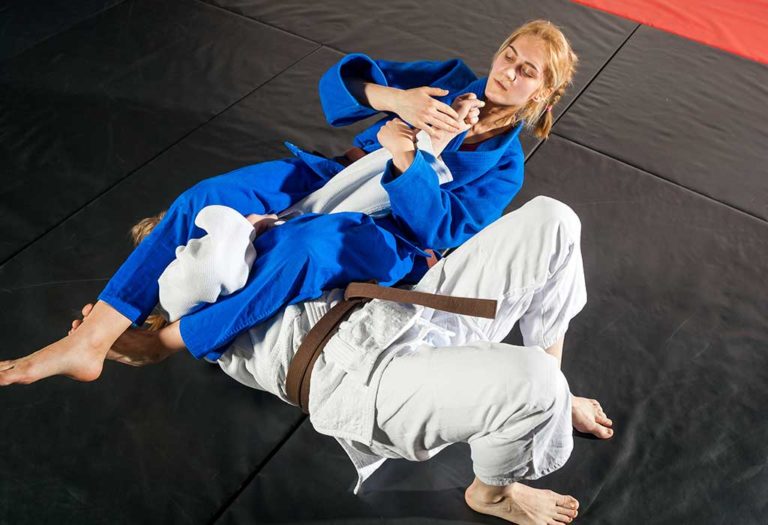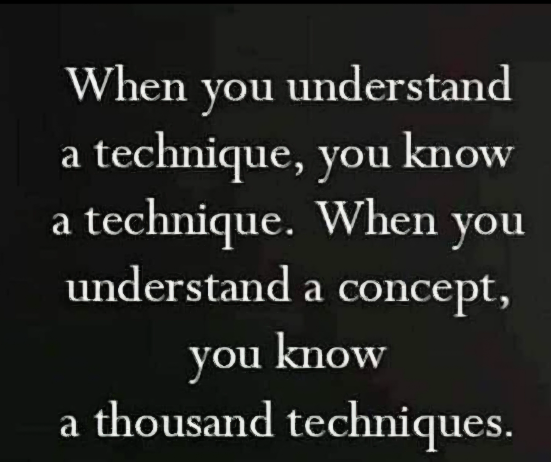Spend enough time in the self-defense training world, and you’ll hear the term *pain compliance* thrown around like a magic bullet. It sounds good in theory—hurt them just enough and they’ll stop. But here’s the hard truth that experienced Krav Maga instructors and real-world defenders know: pain is subjective, and relying on it in a violent confrontation can get you seriously hurt.
Let’s break it down.
Pain Is a Suggestion. Physical Lockout Is a Command
When you’re physically connected to your attacker—whether through a Krav Maga clinch, a wrist control, or dominant control position—your goal isn’t to cause pain. Your goal is to control. That distinction is the foundation of effective self-defense techniques.
Pain is something you hope the attacker feels. Physical manipulation is something they can’t ignore.
Pain tolerance varies widely. Someone under the influence of drugs or alcohol may not register the pain of a broken finger, torn muscle, or even a dislocated shoulder. And let’s not forget the chaos factor—real street fights are fast, ugly, and unpredictable. That’s why depending on pain response is unreliable and dangerous.
Joint manipulation and body lockouts, on the other hand, don’t care how tough or intoxicated your attacker is. The human body has mechanical limits. When you drive a joint—like the elbow, shoulder, or neck—into its end range, the muscles shut down. That’s not pain—it’s structural failure. They physically can’t resist.
Pain Compliance Is a Negotiation. Physical Control Is Non-Negotiable
Pain compliance techniques work only if your attacker cares. That’s the danger. If they don’t feel it—or don’t care because of adrenaline, anger, or drug use—they simply won’t comply. You’re negotiating under pressure with someone who already chose violence. Bad bet.
Physical control, however, removes choice. When you lock out a joint or shut down a critical movement path, your attacker is immobilized. Whether they’re big, high, or enraged doesn’t matter—their joints don’t work anymore.
In Krav Maga, we don’t train for sport. We train for survival. And that means leveraging high-percentage, real-world self-defense techniques like:
– Joint lock control
– Structural manipulation
– Positioning and leverage-based tactics
These are what work under duress, against larger, stronger attackers, in the real world—not just in the gym.
Connection Is Your Gateway to Real Control
Once you’re attached to your attacker—by choice or necessity—striking may no longer be your best option. Your opportunity lies in structure-based control: targeting biomechanical weak points and removing your opponent’s physical capacity.
– The neck is vulnerable to spinal redirection. Control the head, and the body follows.
– The shoulder collapses under leverage. Torque it, and motion vanishes.
– The elbow hyperextends with little effort. Hit its limit, and their strength shuts off.
– The wrist bends under pressure. Lock it, and you disable the arm.
These principles are the heart of advanced Krav Maga self-defense and they function regardless of the attacker’s pain threshold or physical state.
Final Thought: Pain Hurts. Control Wins
If your martial arts or self-defense strategy depends on making your attacker feel pain and choose to stop, you’re gambling. When life and safety are on the line, you need what works every time, on every body.
At Krav Maga Personal Safety, we teach our students to train for reality. We don’t chase pain. We take control.
Control the structure. Break the mechanics. Get home safe.




